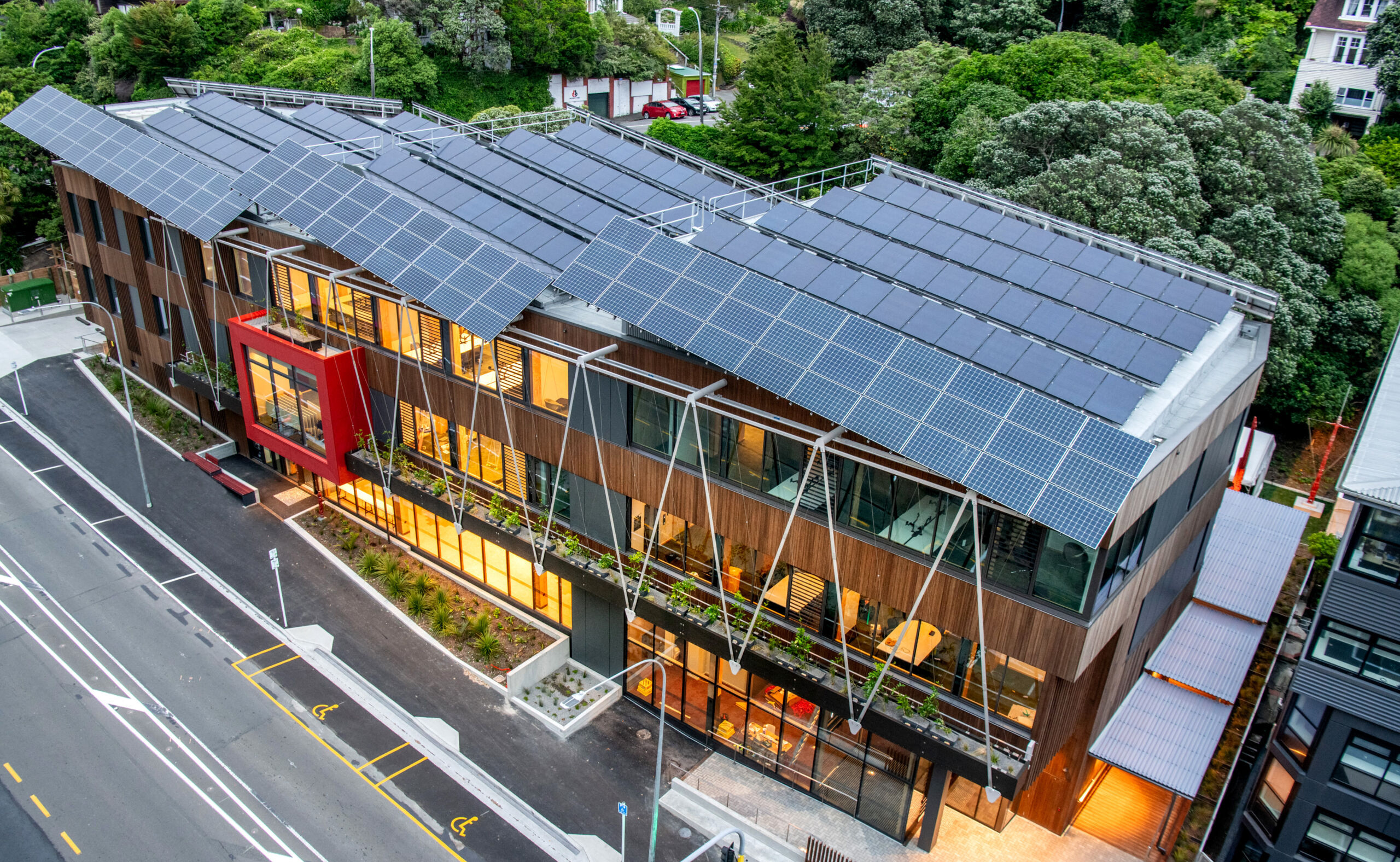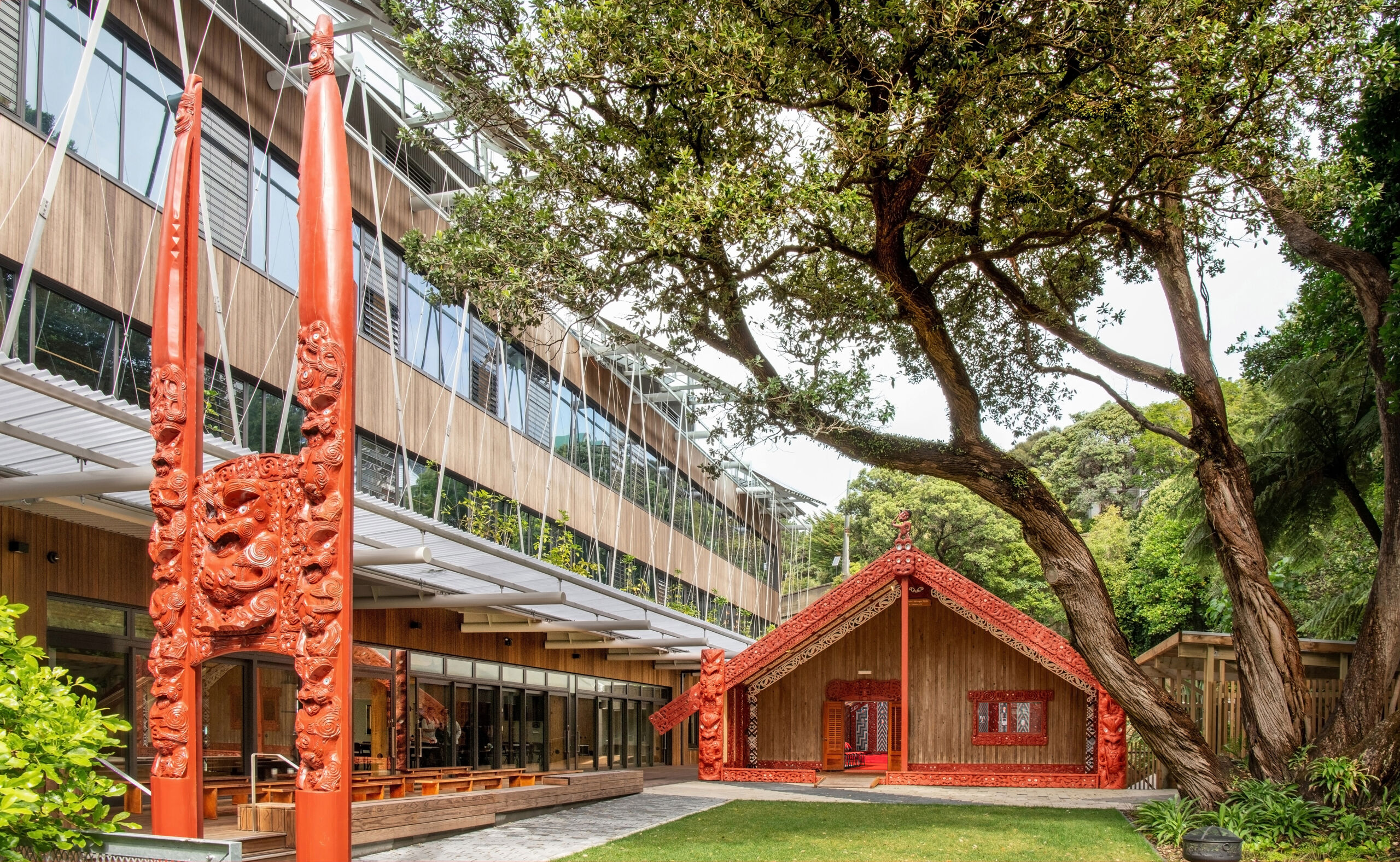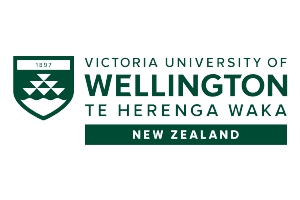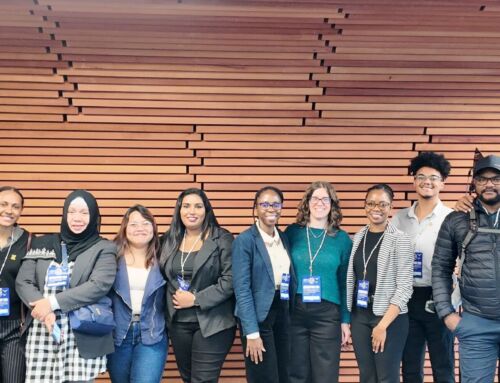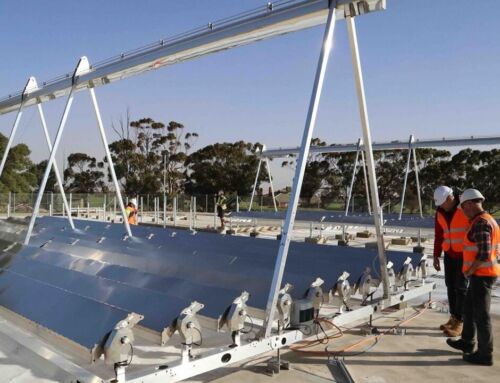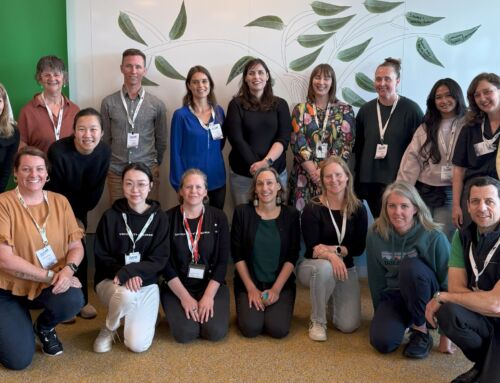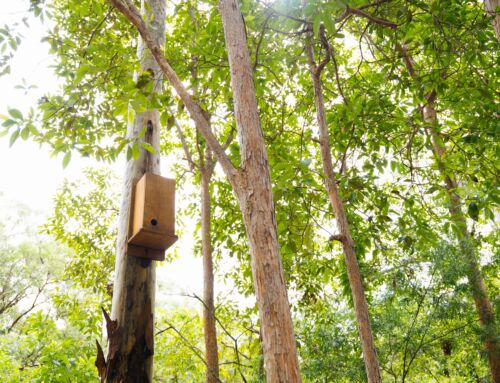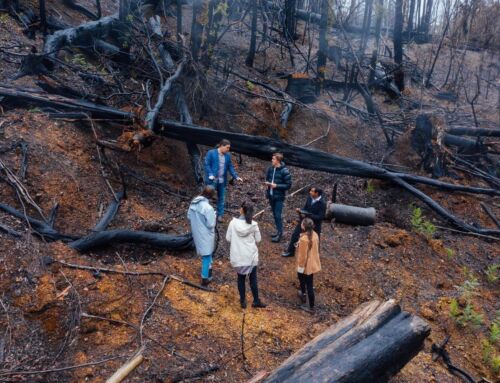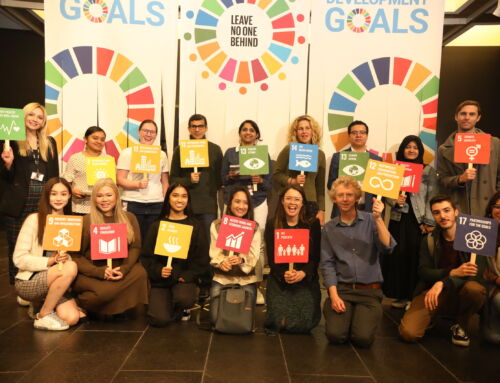At the heart of Te Herenga Waka—Victoria University of Wellington’s marae (meeting place) precinct—stands Ngā Mokopuna (which means descendants in te reo Māori), a groundbreaking new facility embodying the university’s dual commitment to mātauranga Māori (Māori knowledge) and sustainability leadership. The building replaces five colonial villas and complements the existing wharenui (meeting house), originally built in the 1980s. It now houses a wharekai (dining hall), teaching spaces for the School of Māori Studies, Māori student support services, and staff offices—including for the university’s Sustainability Team. Designed and constructed under the Living Building Challenge (LBC) framework, Ngā Mokopuna is a flagship project that reflects the values of manaakitanga (hospitality and care) and kaitiakitanga (guardianship of the environment) and sets a national precedent for regenerative and culturally grounded building design.
Inspiration and Vision:
The vision for Ngā Mokopuna was championed by Deputy Vice-Chancellor (Māori and Kaitiakitanga) Professor Rawinia Higgins, drawing inspiration from her iwi (tribe), Tūhoe, which had previously used the LBC framework for their own sustainable developments. This precedent made the LBC an ideal fit for the marae redevelopment. The project is closely aligned with the university’s sustainability goals, particularly its target to demonstrate leading sustainable practices in operations.
Key Sustainability Features:
Ngā Mokopuna incorporates an impressive suite of sustainability features:
- Carbon-positive construction using engineered timber that stores more carbon than it emits.
- Net positive water systems, including closed-loop water recycling, vacuum flush toilets, and treated wastewater used in adjacent buildings.
- Onsite stormwater and wastewater management, including water filtration through vegetation integrated into the building design.
- Solar panels generating 105% of the site’s energy needs, with battery storage for resilience.
- Waste minimisation, with over 1,120 tonnes of construction waste diverted from landfill.
- Red List compliance, with 90% of materials free from toxic chemicals commonly found in construction, ensuring both environmental and human health are prioritised.
Embedding Māori Knowledge and Values:
More than just a green building, Ngā Mokopuna is a tangible expression of mātauranga Māori, particularly the values of manaakitanga (care for others) and kaitiakitanga (environmental stewardship). These principles informed decisions at every stage, from the materials used to the systems designed for energy and water independence. A student-led research project also created a website to document and communicate how the building demonstrates Māori approaches to sustainability, broadening understanding across the wider university and community.
Challenges and Innovation:
While Ngā Mokopuna is nearing completion of its certification journey, the road has not been without challenges. To qualify for full LBC certification, the building must demonstrate performance for a full 12-month period post-occupancy. Technical hurdles such as the vacuum pump toilet system required intensive learning and troubleshooting. Site conditions also necessitated limited use of concrete, despite an early ambition to eliminate it entirely. Additionally, the team navigated the complexities of onsite wastewater treatment within a dense urban setting, opting for underground systems and innovative workarounds such as directing greywater to neighbouring buildings for reuse.
While Ngā Mokopuna is nearing completion of its certification journey, the road has not been without challenges. To qualify for full LBC certification, the building must demonstrate performance for a full 12-month period post-occupancy. Technical hurdles such as the vacuum pump toilet system required intensive learning and troubleshooting. Site conditions also necessitated limited use of concrete, despite an early ambition to eliminate it entirely. Additionally, the team navigated the complexities of onsite wastewater treatment within a dense urban setting, opting for underground systems and innovative workarounds such as directing greywater to neighbouring buildings for reuse.
Community Reception and Outreach:
The response to Ngā Mokopuna has been overwhelmingly positive. Hundreds of university community members attended the 4am marae (meeting place) awakening ceremony, signalling deep interest and support. While public tours are only just beginning, the project has already attracted attention from the construction sector, with contractors LT McGuinness conducting numerous tours to showcase the building’s ambitious design and execution. This level of engagement reinforces the building’s role as both an educational and inspirational model for sustainable development.
Building Connection and Cultural Resilience:
As an extension of the university’s marae, Ngā Mokopuna offers a culturally grounded space for learning, support, and belonging. It provides Māori students and staff a place to strengthen cultural identity, while inviting the broader university community to moor their waka (connect and find belonging). This dual purpose supports the growth of indigenous knowledge and its application to addressing global environmental and societal challenges.
Advice for Other Institutions:
Victoria University of Wellington advises other institutions considering the Living Building Challenge to ensure that sustainability is core to the project’s purpose, not an afterthought. LBC is a demanding framework—technically, financially, and operationally. Success requires strong alignment with institutional strategy, the willingness to challenge industry norms, and a team committed to seeing the kaupapa (purpose or guiding principle) through. When done well, however, it offers a deeply rewarding path to regenerative, inclusive, and values-based building design.
For more information on the Ngā Mokopuna Living Building and the university’s sustainability initiatives, visit Ngā Mokopuna at Te Herenga Waka.

